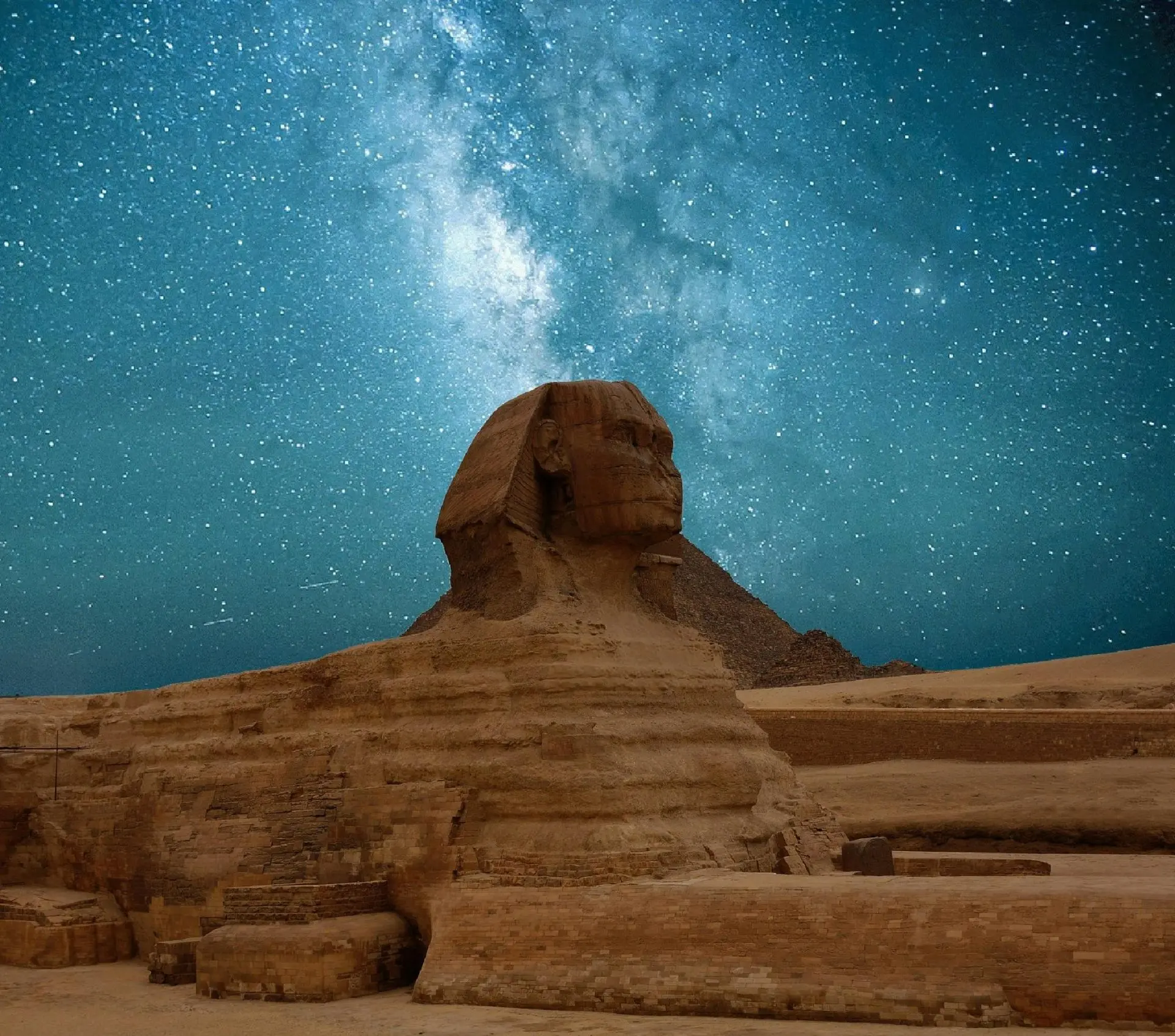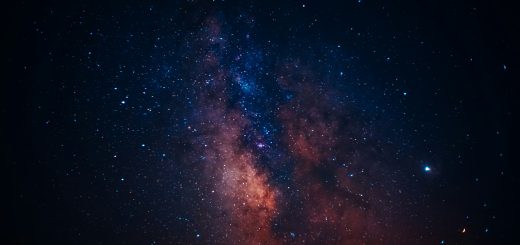How Animals Help Preserve Ecosystems You Depend On

Looking for more amazing products? Check out our online store and explore our collection here! Happy shopping!
Before diving in, please note: This post is for informational purposes only. If you’d like to know more about how we approach topics, feel free to check out our friendly Disclaimer Page.
Hey there, amazing readers! 
We’re committed to delivering quality posts, and your support (even just sticking around despite the ads) means everything to us. So, bear with us, and thanks for helping us keep the good vibes rolling. Now, on to the fun stuff!
TRANSLATE BUTTON AT THE END OF THE ARTICLE
A Quick Overview
Animals play crucial roles in ecosystems that we often overlook.
They are not just cute creatures we see in the park or on nature documentaries.
They contribute significantly to the balance of nature, helping to maintain the environments that sustain us.
From pollinators buzzing around flowers to predators keeping prey populations in check, each animal has a unique part to play.
In this article, I’ll explore how various animals help preserve the ecosystems we depend on, and why it’s essential for us all to care about their well-being.
How Animals Play a Vital Role in Ecosystem Balance
When I think about ecosystems, I picture a giant jigsaw puzzle.
Every piece, whether big or small, is essential to complete the picture.
Animals are fundamental pieces of this puzzle.
They interact with their environment in ways that promote biodiversity and stability.
Consider the balance of predator and prey.
If one side of the equation tips too far, it can lead to a cascade of consequences.
For instance, if predator populations decline, prey species can overpopulate, leading to overgrazing or depletion of plant life.
Conversely, if there are too many predators, prey populations plummet, starving the predators too.
This balance keeps ecosystems functioning.
Additionally, animals contribute to nutrient cycling.
Many animals, like herbivores, feed on plants and, through digestion, help to break down organic matter.
This process recycles nutrients back into the soil, making them available for plants.
Without this recycling, soils would become nutrient-poor, and plant life would suffer.
Moreover, animals also help shape habitats.
Beavers, for example, create wetlands by building dams.
These wetlands provide crucial habitats for numerous species and help regulate water levels in the environment.
In this way, animals are not just participants in ecosystems; they actively mold and create their surroundings.
The Amazing Pollinators: Nature’s Tiny Gardeners
Let’s delve into the world of pollinators.
When I think about bees, butterflies, and other pollinators, I’m reminded of a bustling kitchen.
Each pollinator moves from flower to flower, helping plants reproduce and flourish.
More than 75% of the world’s flowering plants depend on animal pollinators.
That’s a staggering statistic!
Pollinators help ensure the production of fruits, vegetables, and nuts.
Imagine biting into a juicy apple or enjoying a handful of almonds.
Without pollinators, these delicious treats would be scarce.
Discover "Dog Care: Learning How to Care for Your Furry Friend
"
You might be surprised to learn that even some of the plants we grow in our gardens rely on these little helpers.
However, pollinator populations are declining due to habitat loss, pesticides, and climate change.
This isn’t just a problem for bees or butterflies; it threatens food sources for humans and countless other animals.
Supporting local pollinator populations, like planting native wildflowers or creating bee habitats, can go a long way in preserving their roles.
Think of it this way: we can all be gardeners in our communities!
Even small actions, like creating a bee-friendly garden, can provide habitats for these critical creatures.
Grazers and Browsers: Maintaining Healthy Plant Life
Grazers and browsers, such as cows, sheep, deer, and goats, play a pivotal role in maintaining healthy plant life.
They help control the growth of certain plant species, preventing any one type from dominating and allowing diverse ecosystems to thrive.
Imagine a lush meadow filled with wildflowers.
Grazers keep certain plants in check, which allows various species to coexist.
If left unchecked, some plants would choke out others, disrupting the balance.
These animals are like nature’s lawnmowers, ensuring that no single plant takes over.
Additionally, their feeding habits can promote seed dispersal.
Some grazers eat seeds and later excrete them in different locations, helping plants spread.
This natural process is integral to forest regeneration and the establishment of new plant communities.
Overgrazing, however, can lead to land degradation.
When too many animals graze in one area, they can damage the soil and plant roots, which can lead to erosion.
This is why sustainable grazing practices are essential.
By managing livestock responsibly, farmers can mimic the natural grazing patterns of wild animals, keeping ecosystems in balance.
Predators: Nature’s Way of Controlling Populations
Predators are the guardians of balance in ecosystems.
Think about the majestic wolves in Yellowstone National Park.
Their presence helps regulate the populations of herbivores like elk, which in turn allows vegetation to recover and thrive.
It’s a beautiful cycle of life!
When predators are removed from an ecosystem, herbivore populations can explode.
This overpopulation leads to overgrazing and degradation of plant life.
The famous example of the “trophic cascade” highlights this phenomenon, where the loss of a top predator leads to significant changes in the ecosystem structure.
Predators also help maintain genetic diversity in prey populations.
By culling the weak or sickly individuals, they ensure that the strongest genes are passed on.
This contributes to the overall health of the species and the ecosystem.
We also have to consider the impact of human activity on predator populations.
Habitat loss, hunting, and competition with domestic animals threaten their existence.
Protecting these apex predators is vital not only for their survival but for the health of ecosystems.
Decomposers: The Unsung Heroes of Nutrient Recycling
When we talk about ecosystems, we often focus on the flashy animals—the lions, the eagles.
But let’s not forget about the decomposers: fungi, bacteria, and detritivores like earthworms.
They’re the unsung heroes of nutrient recycling.
Decomposers break down dead organic matter, turning it back into nutrients that plants can use.
Without them, dead plants and animals would pile up, and nutrients would be locked away, unavailable for new life.
Nature’s recycling system is awe-inspiring!
These organisms work behind the scenes.
They break down complex organic materials into simpler substances, enriching the soil.
When I think of a healthy garden, I know it’s not just the sun and water doing the trick; it’s those hardworking decomposers at work beneath the surface.
Yet, many of these organisms are threatened by pollution and chemical fertilizers.
To support them, we can adopt practices that encourage biodiversity in our gardens, like composting and reducing pesticide use.
By doing this, we foster a healthy environment for decomposers to thrive.
Birds: Nature’s Seed Dispersers and Pest Controllers
Birds are fantastic little creatures with big responsibilities.
They act as seed dispersers, helping plants spread their seeds across vast distances.
Imagine a colorful parrot munching on a fruit.
As it flies around, it carries seeds in its stomach and later drops them in a new location.
This is vital for plant diversity!
Birds also play a role in controlling pest populations.
Think about the cheerful songbirds that flit about your backyard.
They feast on insects, keeping pest populations in check.
Without these avian allies, we might find ourselves overrun with bugs.
However, bird populations are declining due to habitat loss, pollution, and climate change.
Supporting local bird life can be as easy as putting up bird feeders, planting native trees, or creating habitats in our yards.
We can all be bird champions!
It’s a joy to watch birds flit around, knowing they’re hard at work maintaining the balance in our ecosystems.
Plus, they bring beauty and song to our lives.
Marine Animals: Guardians of Ocean Ecosystem Health
Moving on to the oceans, marine animals are vital for maintaining the health of aquatic ecosystems.
Take coral reefs, for example.
They are often called the "rainforests of the sea." Coral polyps, along with fish, sea turtles, and other marine creatures, work together to create a thriving underwater world.
Fish like parrotfish graze on algae, preventing it from overwhelming coral reefs.
Sea turtles contribute by maintaining seagrass beds, which provide essential habitats for various marine species.
These interactions are crucial for the health of our oceans.
But our oceans face serious threats.
Overfishing, pollution, and climate change are eroding marine ecosystems.
Supporting sustainable fishing practices and reducing plastic waste can help protect these vital habitats.
As someone who loves the ocean, I find it heartbreaking to see the effects of human activity on these ecosystems.
We can all do our part to be ocean stewards, whether through beach clean-ups or supporting marine conservation organizations.
Amphibians: Indicators of Environmental Quality
Amphibians, such as frogs and salamanders, serve as indicators of environmental health.
Their sensitive skin makes them prone to pollutants, so their presence signals a healthy ecosystem.
If amphibian populations decline, it’s often a red flag for environmental issues.
For instance, the disappearance of frogs in certain areas has raised alarm bells about water quality and habitat loss.
Protecting these remarkable creatures is crucial for maintaining balanced ecosystems and ensuring a healthy environment for all species.
What can we do?
Supporting wetland conservation and minimizing the use of harmful chemicals in agriculture can help amphibians thrive.
These small actions have a ripple effect, contributing to a balanced ecosystem that benefits us all.
Beneficial Insects: Allies in Crop and Ecosystem Health
Let’s not overlook the beneficial insects that play essential roles in our gardens and ecosystems.
Ladybugs, lacewings, and predatory beetles are nature’s pest control agents.
They feast on aphids and other harmful insects, keeping our gardens healthy without the need for harmful pesticides.
Additionally, beneficial insects contribute to pollination and soil health.
They help break down organic matter and improve soil structure.
Without these tiny allies, our agricultural systems would suffer.
To support beneficial insects, we can create diverse gardens filled with native plants.
Avoiding chemical pesticides is crucial too.
Planting a variety of species provides habitats and food sources for these important creatures.
As I watch ladybugs dance around my garden, I feel grateful for their presence.
They remind me that even the smallest beings can have a significant impact.
Mammals: Key Players in Habitat Creation and Maintenance
Mammals play more than just a role in the food chain; they also help create and maintain habitats.
Beavers, for instance, build dams that create wetlands.
These wetlands support a variety of plant and animal life, making them vital ecosystems.
Elephants are another example.
As they roam through forests, they knock down trees and create clearings, allowing sunlight to reach the forest floor.
This promotes the growth of grasses and smaller plants, creating diverse habitats for many species.
Unfortunately, habitat loss and poaching threaten these important mammals.
Supporting wildlife conservation efforts can help protect their habitats and the ecosystems they support.
Mammals, like the beavers in my local creek, remind me of the interconnectedness of life.
Their efforts to create habitats contribute to the beauty and diversity of our natural world.
The Interconnected Web: How Species Support Each Other
As we explore how animals preserve ecosystems, it’s clear that they’re interconnected in a complex web of relationships.
Each species contributes to the health and balance of the ecosystem.
It’s like a giant game of tug-of-war, where each animal pulls its weight to keep everything in harmony.
For instance, plants provide food and shelter for herbivores, while predators help control those herbivore populations.
Decomposers recycle nutrients back into the soil, supporting new plant growth.
This web of life demonstrates the importance of biodiversity.
Moreover, human activity can disrupt these connections.
When we remove one species, we may inadvertently affect others.
This interconnectedness is a vital reason for conservation efforts.
Protecting one species can have a positive impact on an entire ecosystem.
In my neighborhood, I’ve seen how removing a few trees affects the local bird population.
Less nesting space means fewer songbirds, which impacts the insect population.
It’s a clear example of how everything is linked.
Taking Action: How You Can Help Preserve These Animals
Now that we understand the vital roles animals play in preserving ecosystems, how can we help?
There are many ways to contribute to this cause!
Support Local Wildlife: Create habitats in your backyard by planting native plants and providing food sources.
Reduce Pesticide Use: Limit or eliminate chemical pesticides in your garden.
This helps protect beneficial insects and other wildlife.
Participate in Conservation Efforts: Get involved with local conservation groups.
Whether it’s volunteering for cleanups or supporting wildlife shelters, every bit helps.
Educate Others: Share what you’ve learned!
The more people understand the importance of animals in ecosystems, the more likely they are to take action.
Adopt Sustainable Practices: Reduce waste, recycle, and choose sustainable products.
Every small change can positively impact the environment.
Remember, every action counts.
Just like the animals we’ve talked about, we all have a role to play in preserving the ecosystems we depend on.
It’s about creating a better world for ourselves and future generations.
Conclusion
Animals are vital components of the ecosystems that sustain us.
Whether they are pollinators, grazers, predators, or decomposers, each species plays a unique role in maintaining balance and promoting biodiversity.
As we recognize their contributions, it’s essential to take action to protect them.
The interconnectedness of life is a beautiful reminder of our shared responsibility for the planet.
By supporting these animals and their habitats, we can ensure a healthier planet for generations to come.
So, let’s step up, take action, and become champions for the animals that help preserve the ecosystems we all rely on.

The Enlightenment Journey is a remarkable collection of writings authored by a distinguished group of experts in the fields of spirituality, new age, and esoteric knowledge.
This anthology features a diverse assembly of well-experienced authors who bring their profound insights and credible perspectives to the forefront.
Each contributor possesses a wealth of knowledge and wisdom, making them authorities in their respective domains.
Together, they offer readers a transformative journey into the realms of spiritual growth, self-discovery, and esoteric enlightenment.
The Enlightenment Journey is a testament to the collective expertise of these luminaries, providing readers with a rich tapestry of ideas and information to illuminate their spiritual path.
Our Diverse Expertise
While our primary focus is on spirituality and esotericism, we are equally passionate about exploring a wide range of other topics and niches 

To ensure we provide the most accurate and valuable insights, we collaborate with trusted experts in their respective domains 
Our blog originally focused on spirituality and metaphysics, but we’ve since expanded to cover a wide range of niches. Don’t worry—we continue to publish a lot of articles on spirituality! Frequently visit our blog to explore our diverse content and stay tuned for more insightful reads.
Hey there, amazing reader! 
Check out our store here and take a peek at some of our featured products below! Thanks for being awesome!










